Cityscape at Lee Gardens Area: Historic shops and neon signs
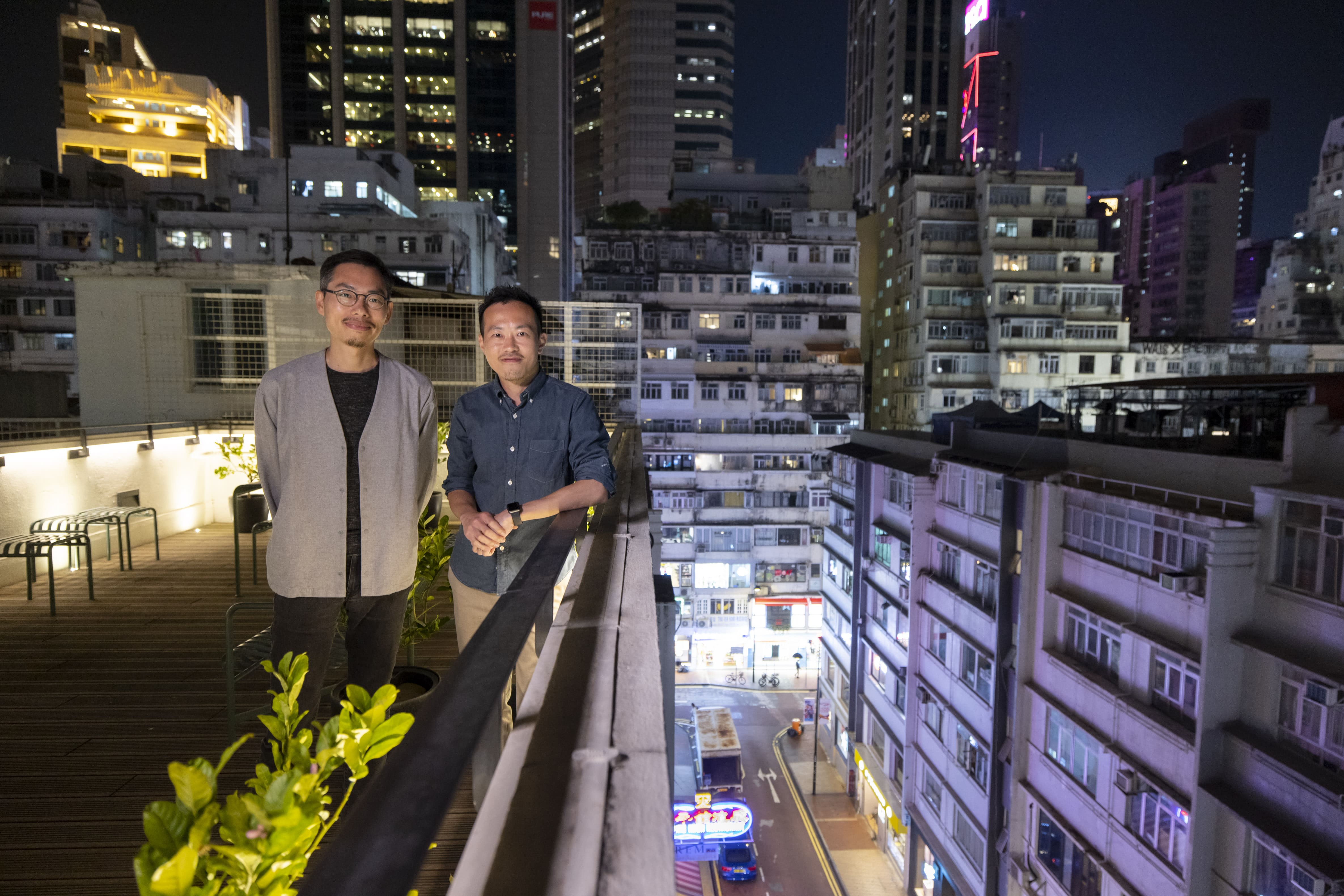

The Lee Gardens Area is one that combines ultra modern architecture with well preserved pre-war tenements. In a busy city like Hong Kong, it is a rare place of refuge where people can still enjoy old school hospitality, with shop fronts and neon signs harking back to a bygone era. This eclectic mix creates a cityscape that is uniquely Hong Kong.
“Old shops are the embodiment of Hong Kong culture,” said Ian Ma, founder of Hong Kong Historical Shops
The recent reopening of Happy Bakery in Wanchai sparked quite the fanfare, with many customers willing to join the long queues. Ian said: “Some tease that it is a kind of funeral style conservation to rush to take selfies at old shops that are closing down. However, the truth is people will only queue if they think it is worth it.”
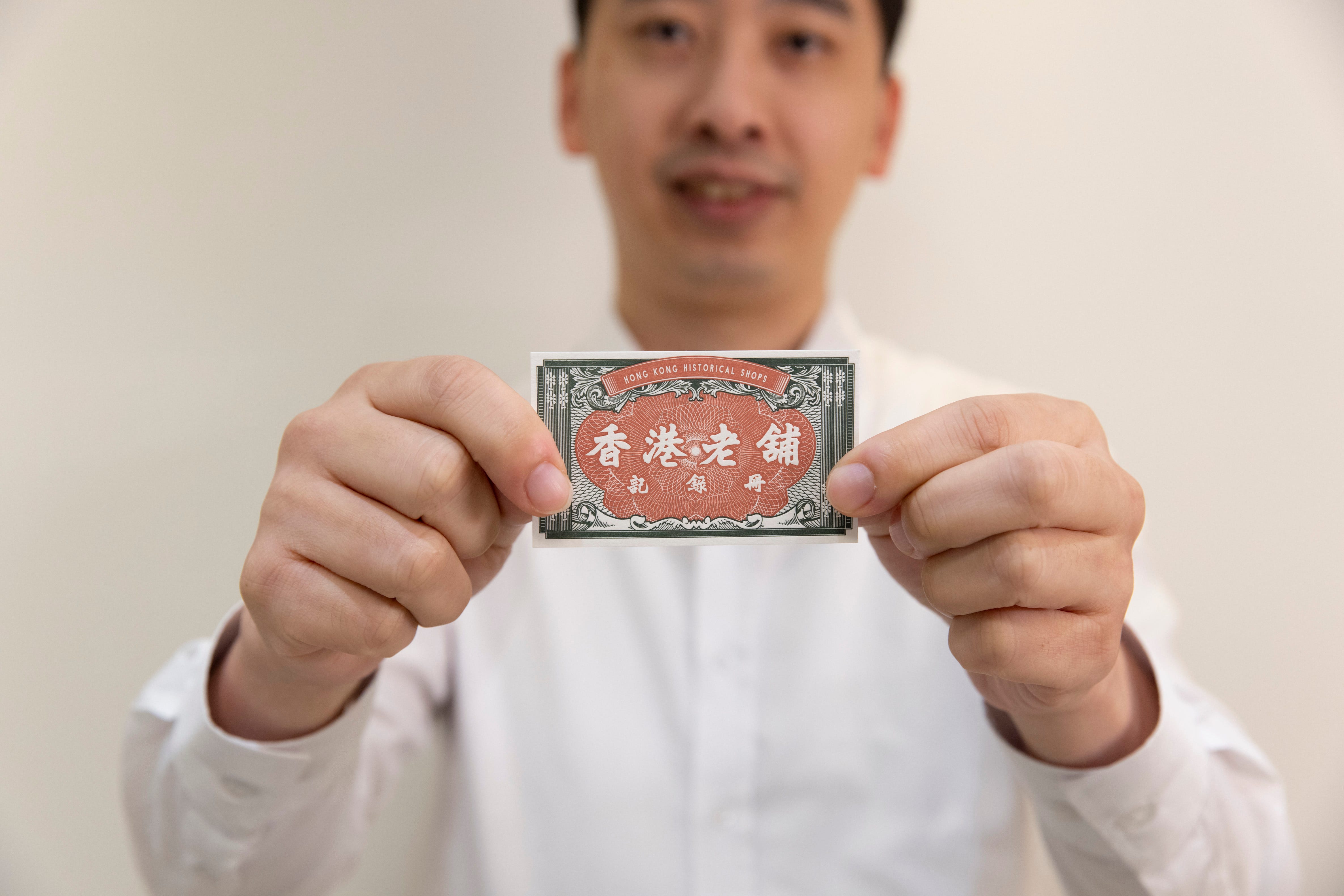

Sustainable development for old shops
As the publisher of the book “Hong Kong Historical Shops”, Ian believes that old shops should be preserved in a practical way, though selfies and queuing do indeed help to raise their public profiles. He himself started documenting old shops by taking selfies, but after learning more about them, in 2018 he decided to take proper records of these old shops. He set up a Facebook page and started visiting old shops every weekend. Now his team has over 10 volunteers doing the reporting. Last year, he published the book that featured 28 of the shops that the team had covered.
Interestingly Ian did not come from a journalistic background, but has always worked in the finance industry. Judging from a financial perspective, these old shops with their outdated operational models may not seem like profitable businesses. To this, Ian disagreed: “So all old shops are unsustainable? I think this is just a myth. Unfortunately even the owners believe it sometimes and think their business is doomed to fail.”
Definitely not the case for Ping Kee Copperware in Yaumatei, the only remaining copper ware shop in Hong Kong. In recent years, the shop has collaborated with many local designers, creating hand pour coffee pots that could sell for HK$800, and other copper utensils up to HK$2,000. “There was never a lack of demand as they often ran out of stock. But the masters were getting old so they had to close.”
The closing of an old shop like Ping Kee often means the loss of their unique craftsmanship, and a Hong Kong tradition. Ian explained: “Don’t forget Ping Kee made the copper pots for Mui Kee Congee, and the tripods in Kung Wo Tong for keeping the herbal teas and turtle jelly.”
Family businesses in changing times
Ian estimated that there are currently over 1,000 shops in Hong Kong with over 100 years’ history, including around 20 that are two centuries old. However, these shops are soon disappearing and the reason is often ageing.
He said: “Oftentimes it’s nothing to do with rent but a lack of successors.” In the past, he had tried to help old shops recruit new apprentices but the old masters simply could not manage the training.
Ian goes to work every day in a pair of leather shoes made by Kow Hoo Shoe Company, set up in Shanghai in 1928. The shop moved to Hong Kong in 1946. “The shoes are completely handmade to measure, very sturdy, supportive and comfortable. But the masters are 70, 80 and 90 years old already. Even if new people want to learn, they don’t have the energy to teach.” Ian proposed that educational institutes can help organise training courses in these unique crafts so that young people can explore other career options than business and finance, and know that they can make a career out of traditional crafts.”
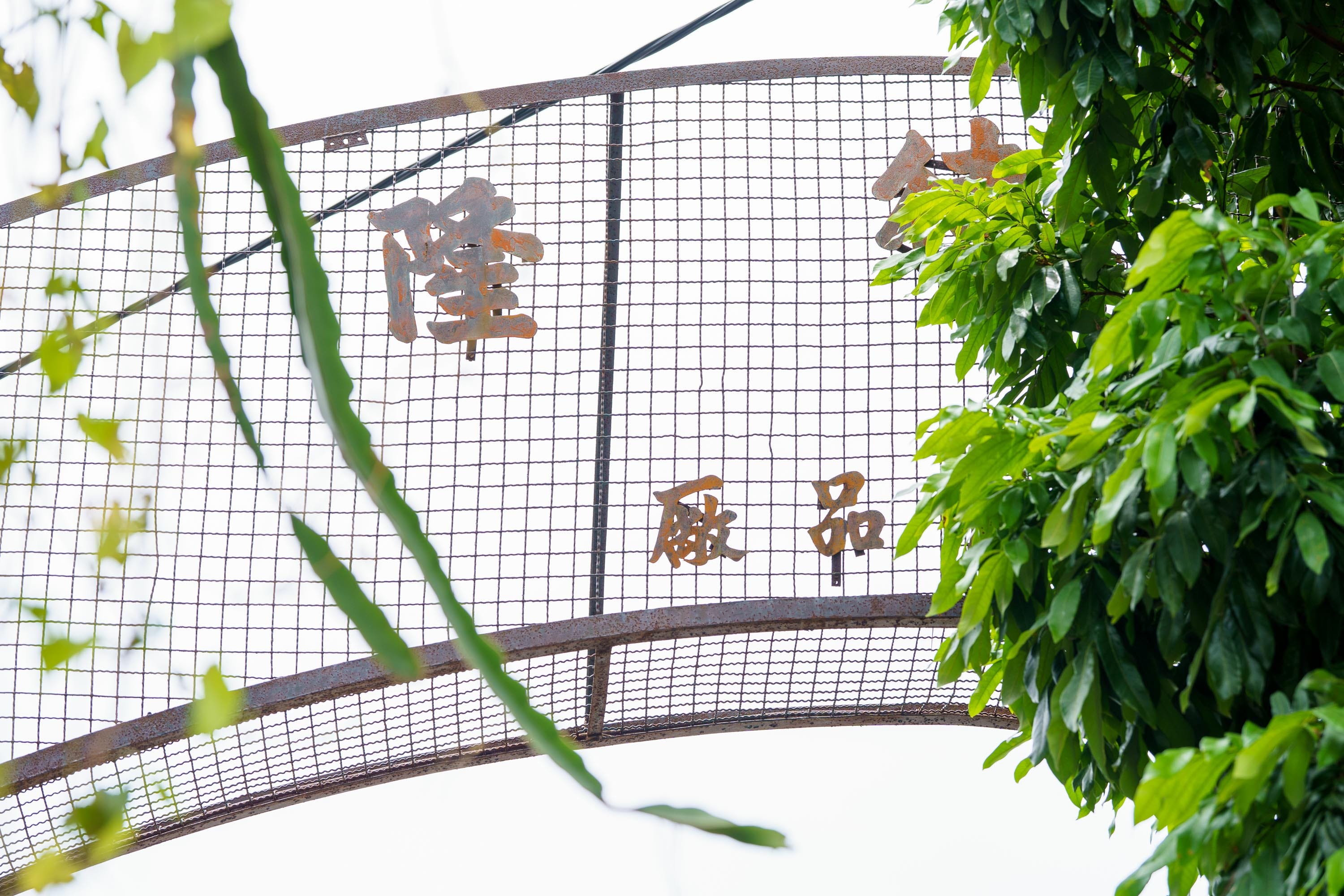

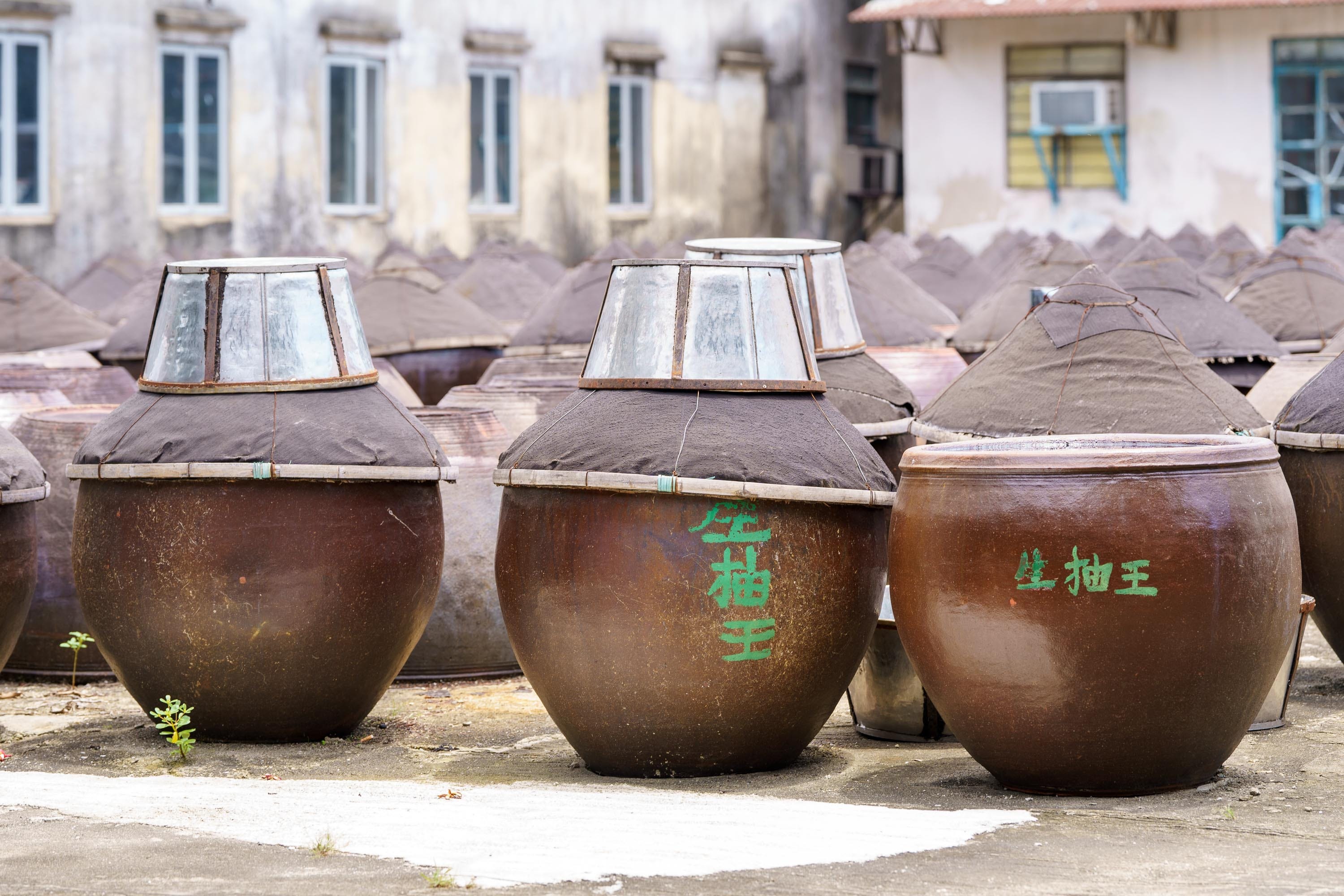

Fortunately there are shops that have been successfully passed down to the second generation, and in some cases, the third and the fourth. Lee Gardens Area’s Kung Wo Tong is one such example. The famed herbal drinks shop has multiple branches but is able to keep up its good standards, and retains to this date a traditional decor that pays tribute to the family’s history in traditional Chinese medicine. Similarly, Paris Woolen Company, with over 70 years’ history, has moved from its original ground floor shop to an upstairs space in the Lee Gardens Area. “This is how old shops evolve. Some have opened their own workshops, become a wholesale business or gone completely online.”
Lau Yu Fat Teashop, which Ian hailed as a success story, has 62 years of history. The shop was originally a neighbourhood teahouse in Tung Tau Estate in Wong Tai Sin. In order to promote tea culture, the owners established Gong Fu Teahouse, a chain of teahouses in shopping malls. Its third generation of successors have also launched an online channel to introduce tea leaves and the different ways of drinking tea.
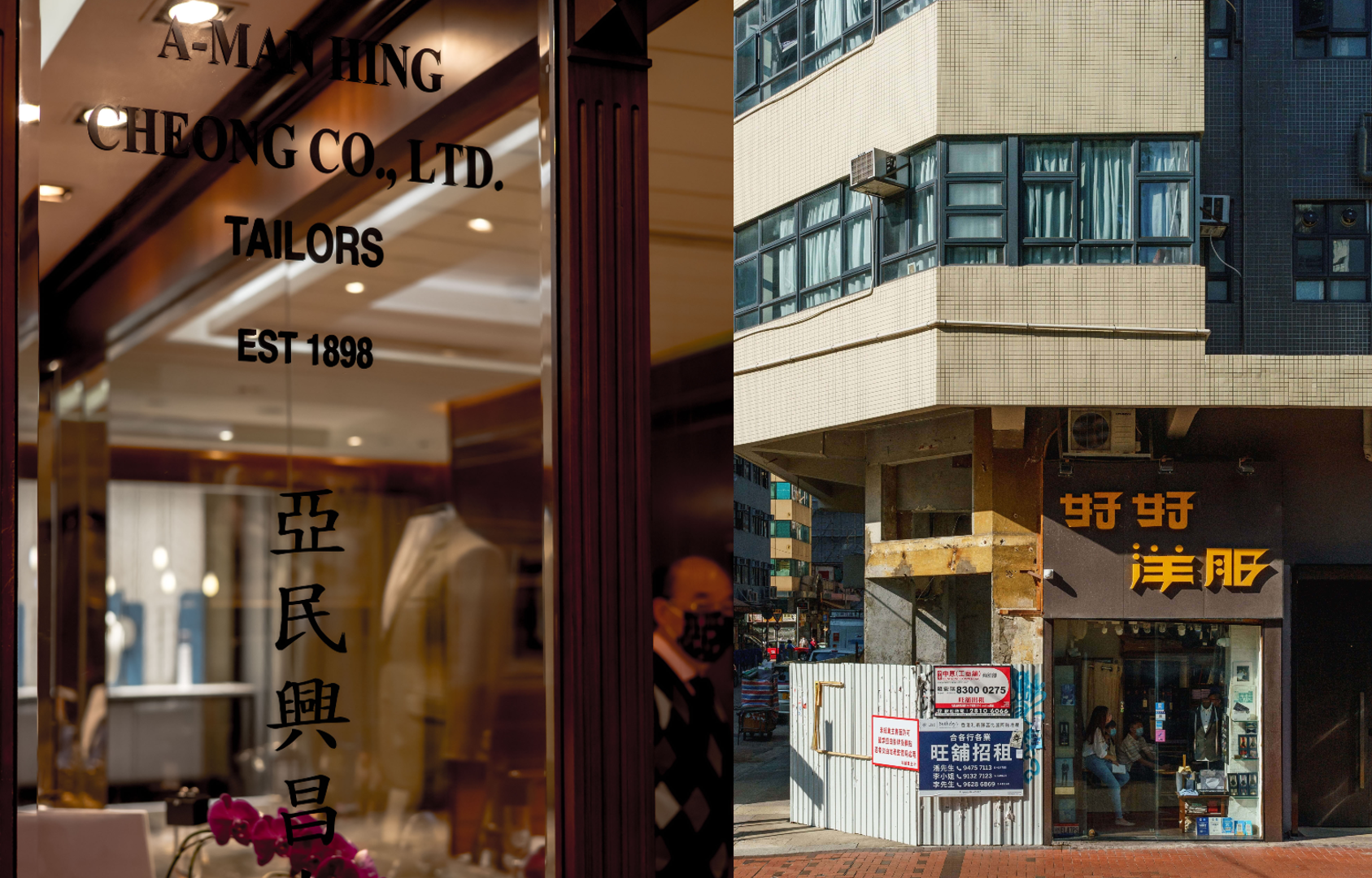

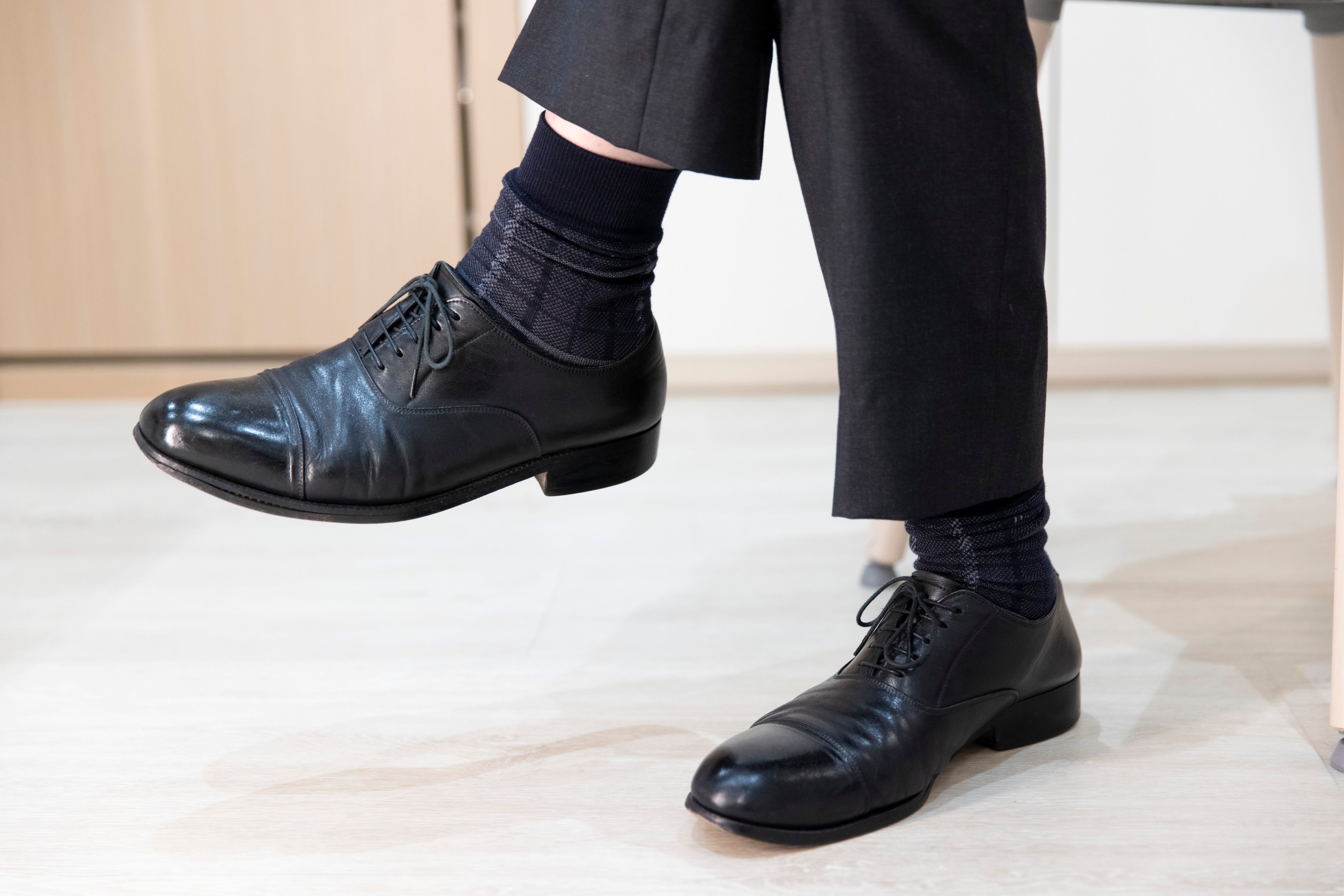

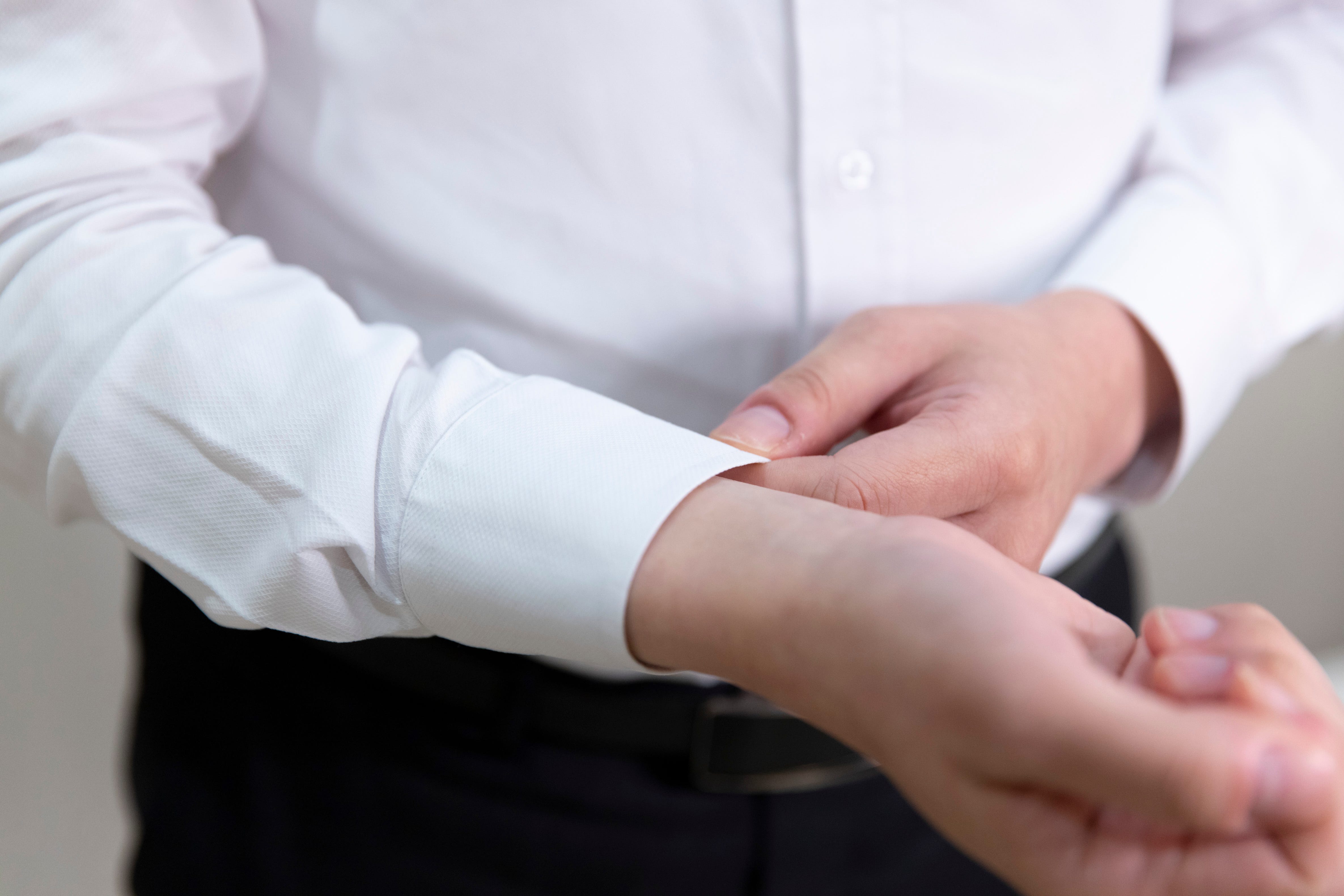

Old shops can be part of your life
Apart from his leather shoes, Ian’s shirts and trousers are also bought from old tailor shops like Very Good Tailor, and A-Man Hing Cheong Co Ltd. Their products are perfect fits, comfortable and excellent quality. This is why Ian disagrees that these old shops are only relevant because of nostalgic reasons.
“Old shops are not just nostalgia. They are a part of Hong Kong culture. Hong Kong is defined by its culture not just a geographic location.” Ian is worried that people only support old shops for nostalgia’s sake, turning them into something that is removed from daily life. In that case, it would be hard for old shops to become sustainable.
He suggested: “I don’t want to turn this into a burden and ask people to support out of pity. It can be something simple like visiting an old shop a few times a week to have a meal. There are shops that are over 50 years old in the food halls of wet markets. If you get to understand Hong Kong culture a bit more through these shops, it is a kind of conservation.”
“Shop signs create a uniquely Hong Kong street view,” said Kevin Mak and Ken Fung, founder of streetsignhk.
The closing down of old shops means the loss of their shop signs in the cityscape. Sometimes these signs are taken down even if the shops are still in business. Architects Kevin and Ken now dedicate their efforts to preserving these signs on Hong Kong streets.
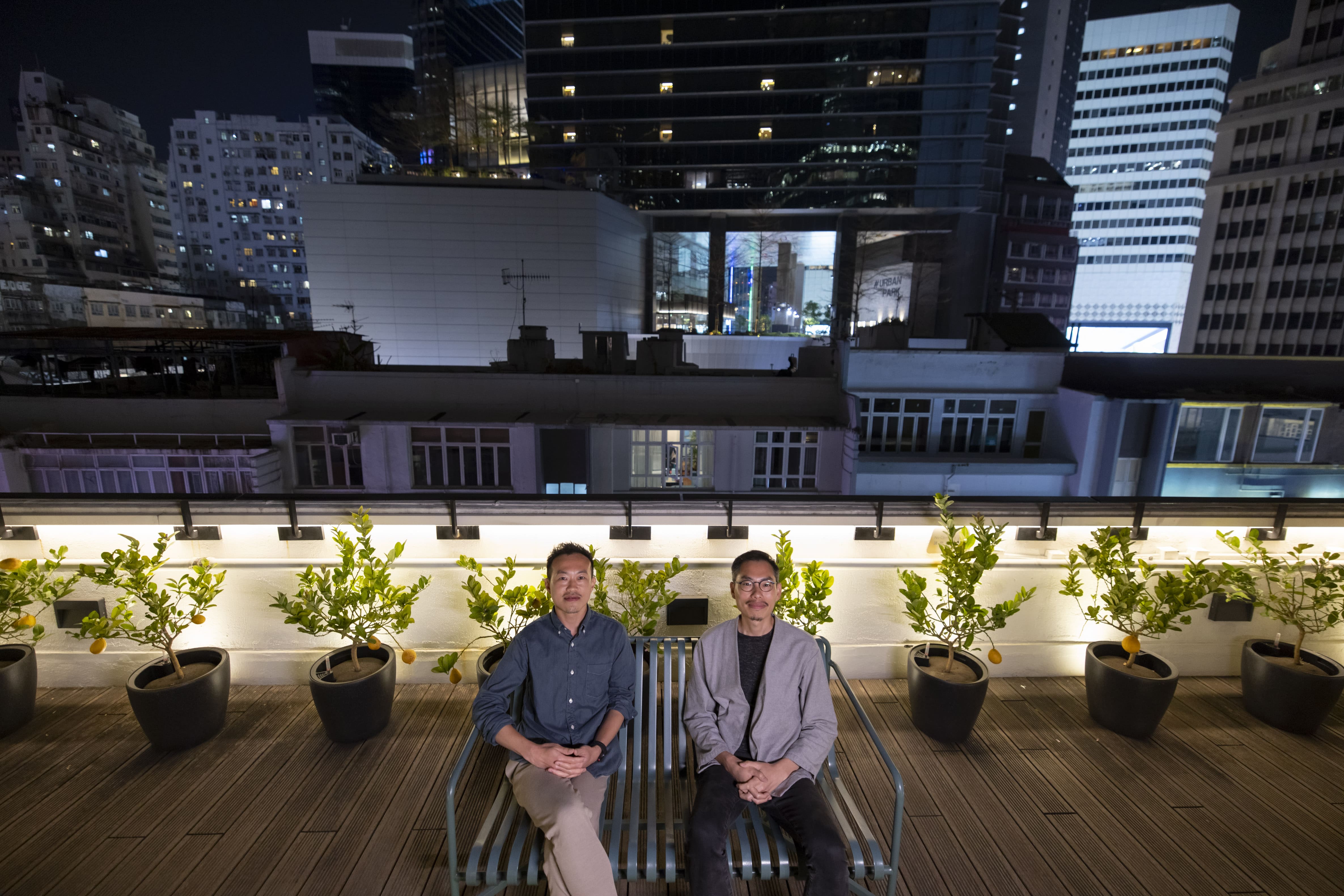

Disappearing street signs
In 2010, as a result of the government implementing the Minor Works Control System, many neon signs were taken down as they were deemed not to meet the new length and height requirements. In 2015, Kevin and Ken, school mates in college and later work colleagues, encountered a pawn shop sign that were torn apart while being taken down.
“We were not really thinking about conservation. We just thought the calligraphy was very pretty so we took it back to the office as a collection,” said Kevin.
Kevin likes to photograph street scenes, and naturally, has joined the latest fad of taking photos of street signs. He said: “Hong Kong buildings on their own did not have much character. They were often rectangular, and very close together.”
In order to stand out and advertise their location, many shops would install vertical or horizontal signs that extended well into the street. These signs would come in different materials and shapes. Some were shiny, some not. These drastically different designs together created a street scene that was completely unique to Hong Kong. In nearby Taiwan and Japan, the laws require that signs must be mounted on the wall, so most signs are vertical light boxes. By contrast Hong Kong has a much richer street scene thanks to these eclectic creations.
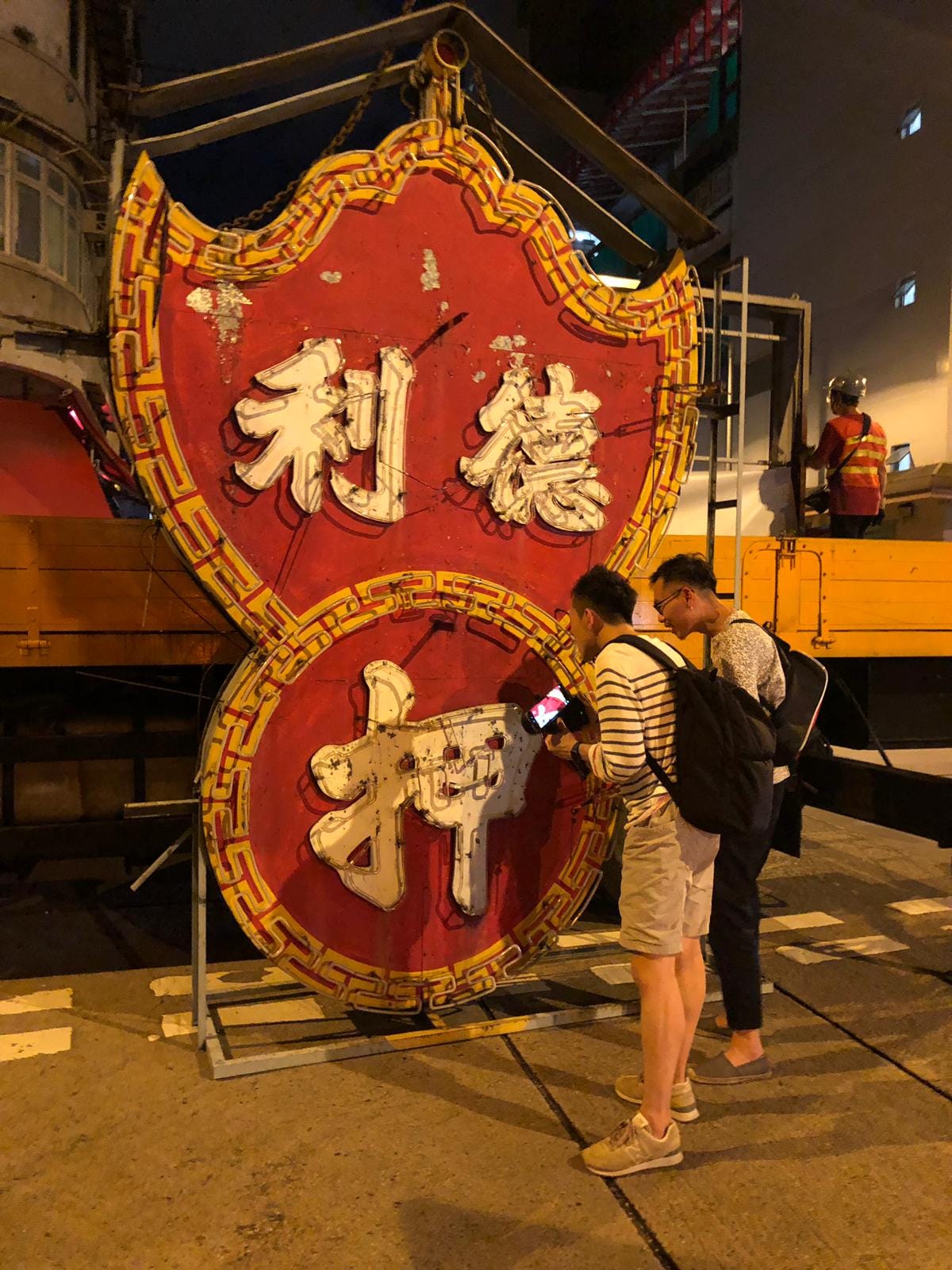

The aesthetic of signs
According to Ken, Streetsignhk aims to highlight a cityscape formed by the juxtaposition of new and old shop signs. Some signs may not be very pretty, but they have stories about the shops to tell.
The signs also reflect the characters of Hong Kong’s different districts. In Sham Shui Po, most shops were in the building supplies and fabrics trades and not opening at night so their signs were not lit. On the contrary, Wan Chai, Yau Ma Tei and Tsim Sha Tsui were teeming with bright neon signs because of their nightlife community. The signs were often bilingual, sometimes with interesting shapes like lucky bat symbols displayed at pawn shops. You won’t see anything like these anywhere but Hong Kong.
Apart from the big hanging signs, Kevin and Ken are also interested in entrance signs. Kevin explained: “Lee Gardens Area has a lot of upstairs shops so they put up signs on the entrance walls. They are bilingual, written in different styles of calligraphy, and made from a wide variety of materials like terrazzo or cement.”
Every sign is the product of traditional crafts, like calligraphy and neon sign making. It would be best for Hong Kong culture if these traditions are continued. Regrettably few shops make it their mission to preserve culture when making their signs. “In the past, people would go to a professional calligrapher for their signs. Now it’s all computer generated.”
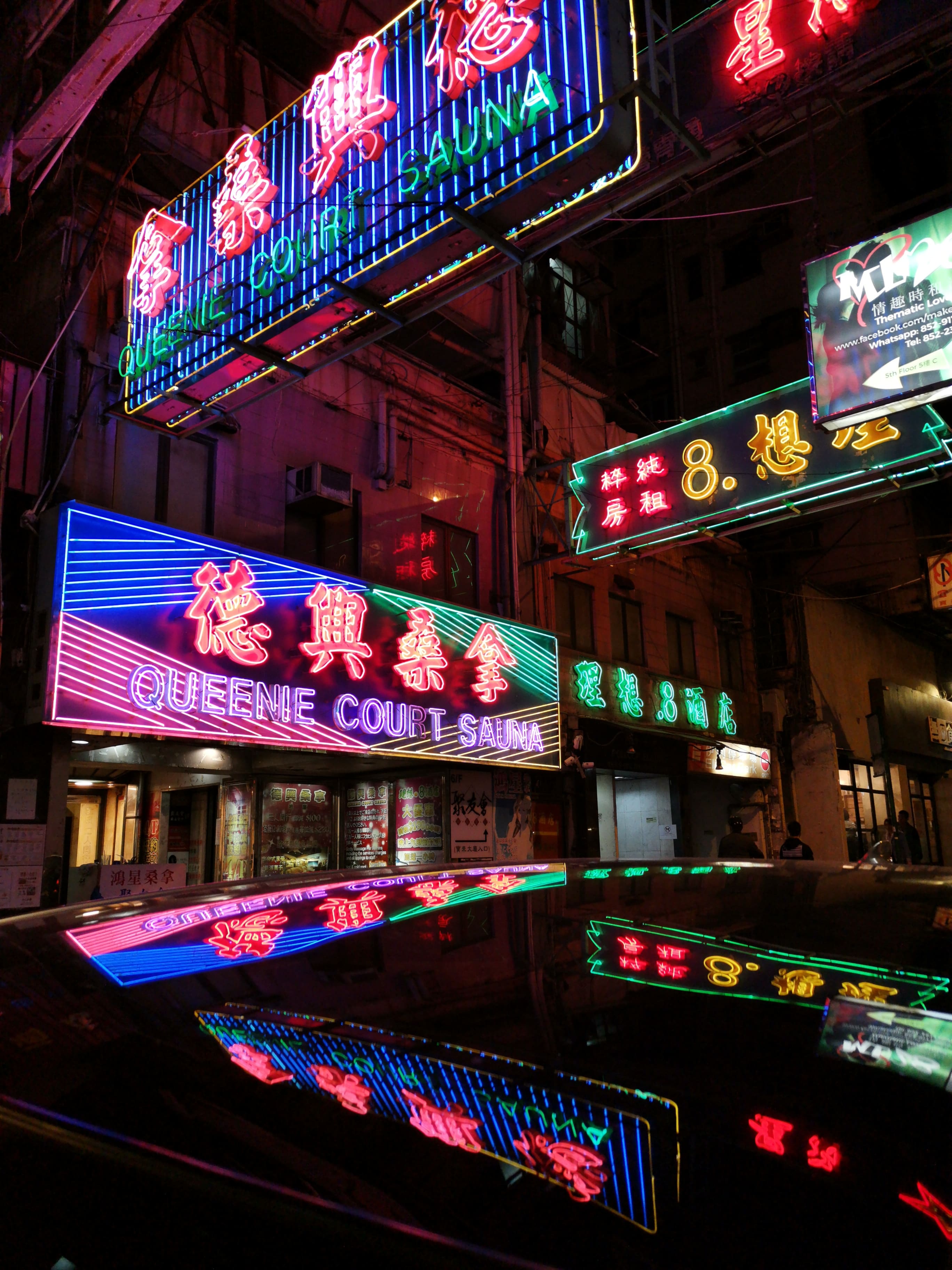

Re-igniting neon
While there are fewer and fewer neon signs in the city, the architects do not think they will completely disappear. They believe these signs have a lifecycle and will attract more attention when they become scarce. Tai Ping Koon, the historic restaurant that took an effort to preserve their neon sign, earned Kevin’s praise.
He said: “Their new sign followed their brand style and aesthetics, which is truly rare.” Even regular customers may not realise that Tai Ping Koon has a new sign at their restaurant in the Lee Gardens Area because the new one, while meeting legal requirements, still features the same calligraphy as the old sign. The orange text and blue frame were completely identical to the one they had had since the 60s. Even the shape is the same, just a bit smaller.
Currently Kevin and Ken are trying to save the signs as dismantling is still going on. They are negotiating with shop owners to keep or re-create the signs. They hope that one day, the 200-plus street signs in their warehouse can once again be hanging bright over Hong Kong streets.


